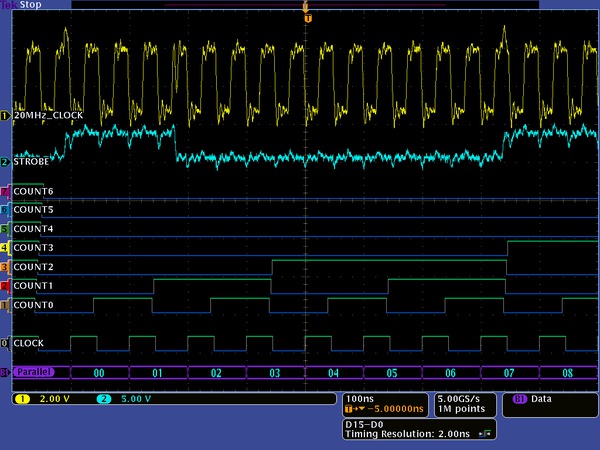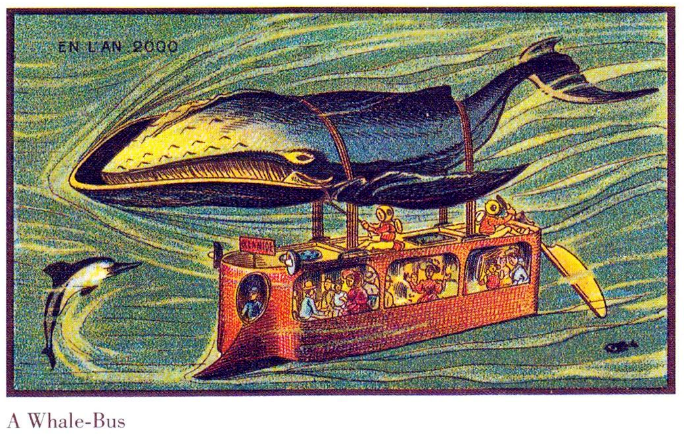
I’ve spent a lot of time reviewing papers written for the International Energy Program Evaluation Conference, or IEPEC, over the years. I dig the conference, which I like to call the asylum, as I did four years ago. People in the evaluation business can get pretty fired up. While I witnessed no verbal punches at this conference, one guy was practically shouting his comment and quaking during his peanut gallery monologue. Is there a question here, somewhere? Here’s the thing: lighten up, y’all. Don’t take things so damn seriously. On that note, there were very constructive conversations around climate change.…
Read More




